In the shadow of giants: Europe’s fate in a US-Russia world
As the world continues to seek a resolution to the war in Ukraine, it seems that Mao Zedong’s categorisation of the “Three Worlds” still applies today, albeit under different names, with some countries wielding the power while others struggle to survive. US academic Wu Guo gives his take on the current global situation.
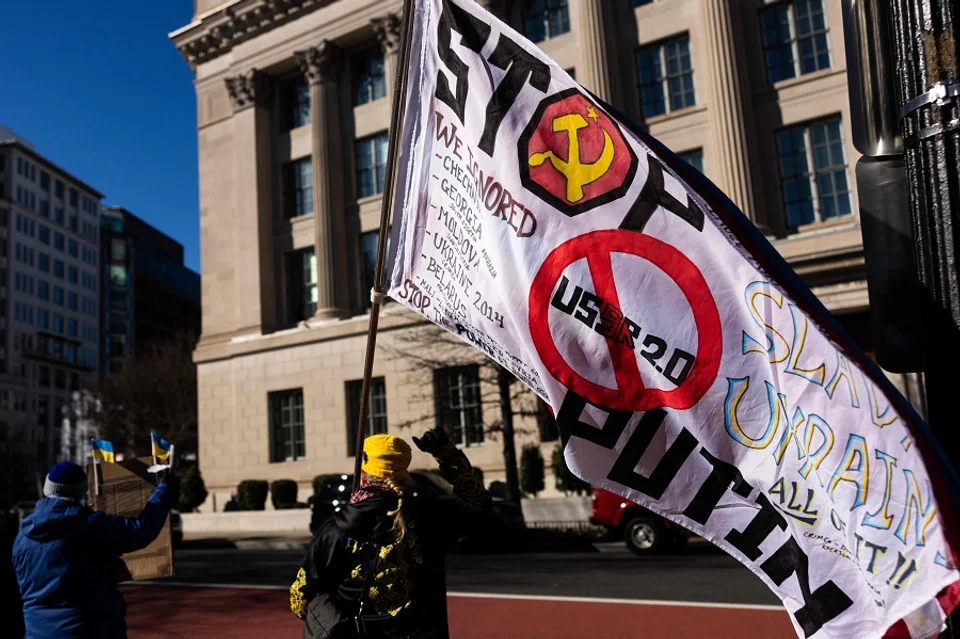
Under US President Donald Trump’s second term, the Russia-Ukraine situation is clearly moving toward a resolution that satisfies Russia at the expense of Ukraine, in exchange for peace. This tendency is in line with Trump’s belief in the law of the jungle where might makes right, so this is unsurprising in my view. At the same time, Trump’s demand for Ukraine’s rare earth resources also fits the nature of American capitalists, who always ensure a fair trade and never engage in unprofitable deals.
However, whether the future world will be led or brought back to an international order based on the rule that “the strong are right and the weak are out of luck” is something that Trump’s global supporters should carefully consider.
The major breakthrough of this [Mao Zedong’s] theory was that it transcended ideological boundaries — grouping the Soviet Union, which was originally in the same ideological camp as China, together with the US based on its global hegemonic ambitions and power, rather than ideology.
Mao’s Three Worlds
What concerns me more in today’s rapidly changing global landscape is whether it is necessary to rethink the “Three Worlds Theory”. In the 1970s, Chinese leader Mao Zedong proposed a theory that categorised the US and the Soviet Union as the first world, developing countries in Asia, Africa and Latin America as the third world, and other developed countries in Europe, the Americas and Australia as the second world.
The major breakthrough of this theory was that it transcended ideological boundaries — grouping the Soviet Union, which was originally in the same ideological camp as China, together with the US based on its global hegemonic ambitions and power, rather than ideology. Meanwhile, China, considering its actual level of economic and social development as well as its history of colonial and semi-colonial subjugation, was placed in the same camp as other non-socialist countries. This strategic positioning allowed China to gain more allies among the vast number of underdeveloped nations and implicitly assume the role of the spokesperson for the third world.
Today, the term first world, which was rarely used in practice, has faded into history with the end of the Cold War. The second world has always been seldom mentioned and is usually replaced by concepts such as “developed countries”, “Europe, the US and Japan”, or “the Western world”. Only the term third world remains widely used in academic research, media and everyday language to refer to the majority of underdeveloped or “developing” countries and their demands for equality, independence and the right to development.
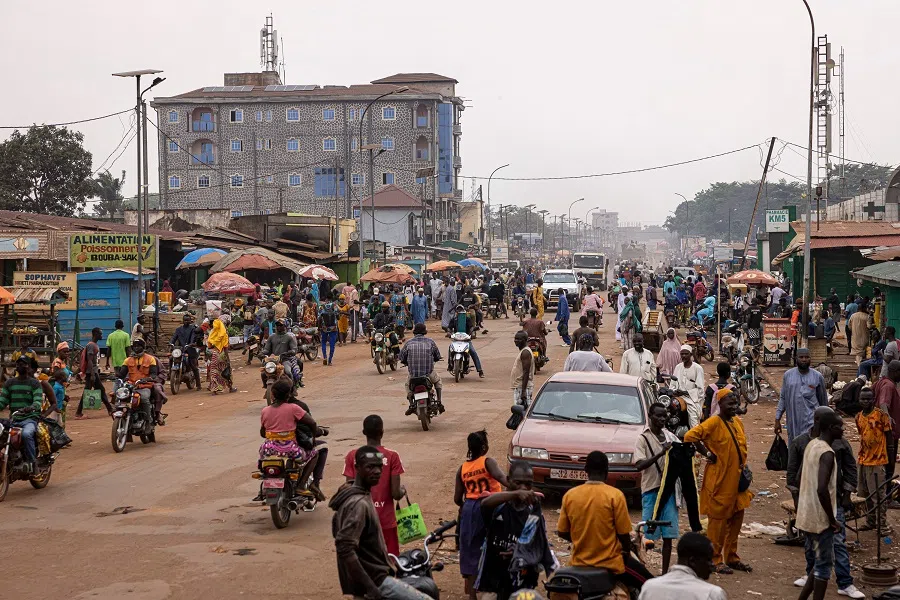
More recently, the term global south has gained broader usage, essentially referring to the same group of countries as the original third world. However, it places greater emphasis on the common interests among these underdeveloped nations, their mutual cooperation, and their efforts to establish their own theoretical frameworks and historical narratives.
In my view, if we reconsider and categorise the world based on the concept of “power”, the common characteristic of the global south is a lack of power — that is, the overall capacity of a country to influence others, shape international relations, and achieve its national goals. These nations also lack the ability to generate theories and shape discourse. In practical international relations, they often remain in a position of being dominated, influenced, and subject to decisions made by others.
In this era following the Cold War and war on terror, a power-based classification places the US, China and Russia in the new first world.
A new Three Worlds structure
Looking back at international relations over the past decade — especially since the war in Ukraine — I believe a new Three Worlds structure is taking shape. In this era following the Cold War and war on terror, a power-based classification places the US, China and Russia in the new first world.
Despite its decline from its peak, the US still wields the greatest global influence and dominance due to its population, economic scale, technological advancements, military strength and financial power. This enduring supremacy underpins the confidence of figures such as Trump and US Vice-President JD Vance.
Russia, though far from its Soviet-era might, remains a formidable force due to its vast territory, abundant natural resources, energy reserves, and nuclear arsenal. These factors ensure that its influence is not only undeniable but also resilient — even in the face of widespread condemnation, sanctions, and its blatant defiance of international norms. Its demands must still be carefully considered by both China and the US.
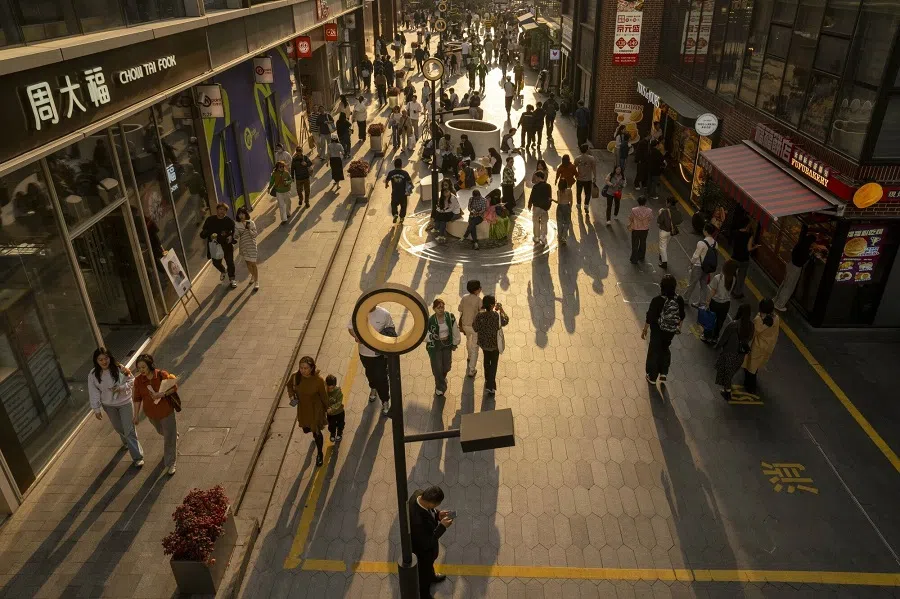
A key new member of this first world is, of course, China. While China’s per capita economic level sits between that of developed nations and the Global South, and it strategically aligns itself with developing countries in both diplomacy and moral positioning, its comprehensive hard and soft power already solidifies its status as a de facto First World nation. My previous prediction of China’s rising soft power has been reaffirmed, most recently by the global box office success of the animated film Ne Zha 2, which once again demonstrates China’s expanding cultural influence.
Outside of this “Three Kingdoms” dynamic within the first world, many global south nations — the new third world — remain plagued by economic poverty, environmental crises, disease and drug epidemics, ineffective governance, and even outright anarchy. A significant number of them fall into the unfortunate category of failed states. Ultimately, their influence on the global landscape remains limited.
... today’s European Union and NATO members (excluding the US) essentially constitute this awkwardly positioned second world.
The awkward second world
What concerns me most is the emerging second world in this new global order — countries that are neither underdeveloped economies nor part of the Three Kingdoms struggle of the first world. This includes traditional Western and Northern European developed nations, former Eastern Bloc countries that broke away from the Soviet Union, and newly industrialised nations like South Korea. In my view, today’s European Union and NATO members (excluding the US) essentially constitute this awkwardly positioned second world.
These countries are not economically poor, but none of them has the territorial size, natural resources, population or military strength to be a true global power. The UK has long lost its global influence and remains largely indifferent to continental European affairs. The entire European continent has been heavily dependent on the US for security and economic stability, while its energy reliance on Russia has also been exposed.
While France is a permanent member of the UN Security Council, a nuclear-armed state, and boasts the largest and best-equipped military in Europe — including nuclear-powered submarines — it has never played a decisive leadership role in modern wars, international relations, or post-war reconstruction. Even with its over 300,000 total military personnel, France’s military power is far from dominant. Meanwhile, Germany, often regarded as Europe’s other major power, has a mere 180,000–190,000 active troops and faces significant shortages in supplies and equipment.
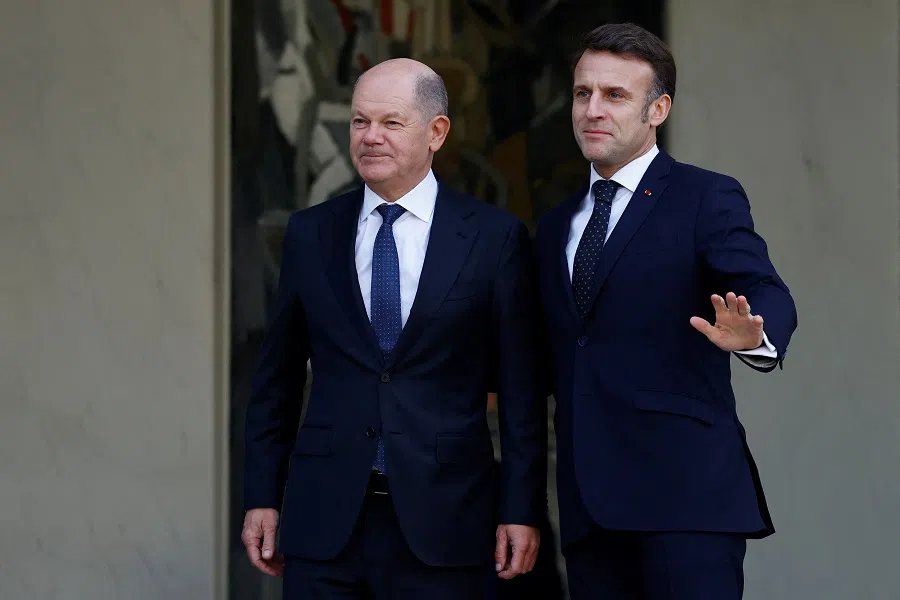
If this is true of Europe’s two leading nations, how can the other countries — given that southern European nations lack economic and military strength, the Nordic countries traditionally shy away from global affairs, and Eastern European states are still in the process of post-Cold War recovery — exert real influence on international politics?
In essence, Europe remains nothing more than a loosely bound coalition of medium- and small-sized nation-states in terms of power.
People often talk about Europe as if European integration and the creation of the Eurozone have truly forged a singular political entity. However, the reality is that international relations are still fundamentally structured around nation-states as the primary units of sovereignty and interest. In essence, Europe remains nothing more than a loosely bound coalition of medium- and small-sized nation-states in terms of power.
Precarious position of small nations
This is precisely why, despite being the party most directly threatened by Russian military actions, Europe has only acted under the urging and supervision of the US. Matters of European security can still be privately negotiated between the two dominant leaders of the US and Russia — a clear indication of Europe’s secondary status in global power politics.
Seen through this new Three Worlds framework as well as the second world concept, the precarious position and tragic fate of Ukraine as a sovereign nation-state become all too apparent. I cannot help but conclude that while great powers certainly have their own tragedies, small nations — especially those caught in unfortunate geographic positions and unable to skilfully navigate complex international dynamics — face even greater tragedies. After all, the fundamental law of the jungle, where power dictates outcomes, has never truly changed in this world.
This article was first published in Lianhe Zaobao as “全球变局下的新“三国演义””. (Updated version 5 March 2025)
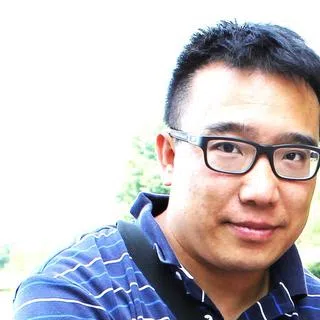



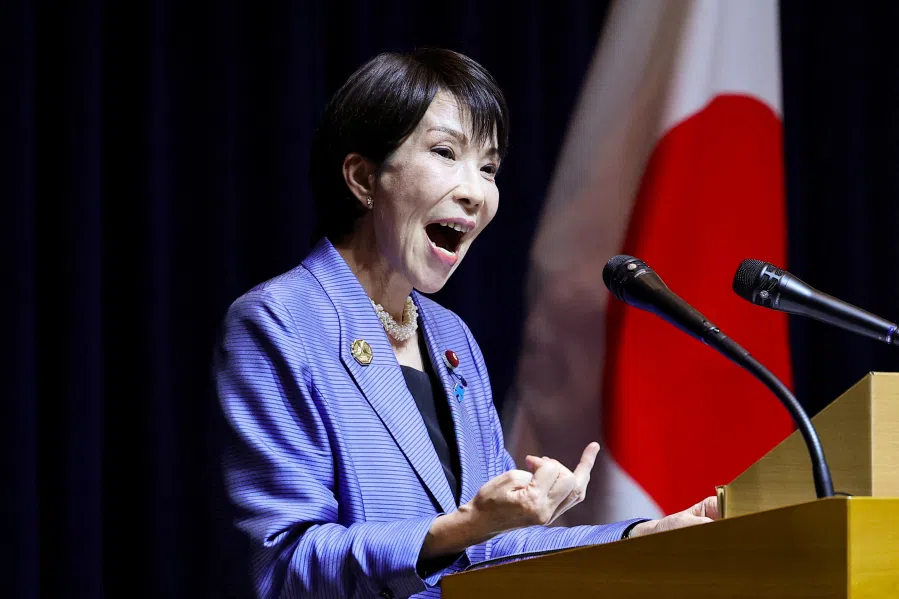
![[Big read] China’s 10 trillion RMB debt clean-up falls short](https://cassette.sphdigital.com.sg/image/thinkchina/d08cfc72b13782693c25f2fcbf886fa7673723efca260881e7086211b082e66c)